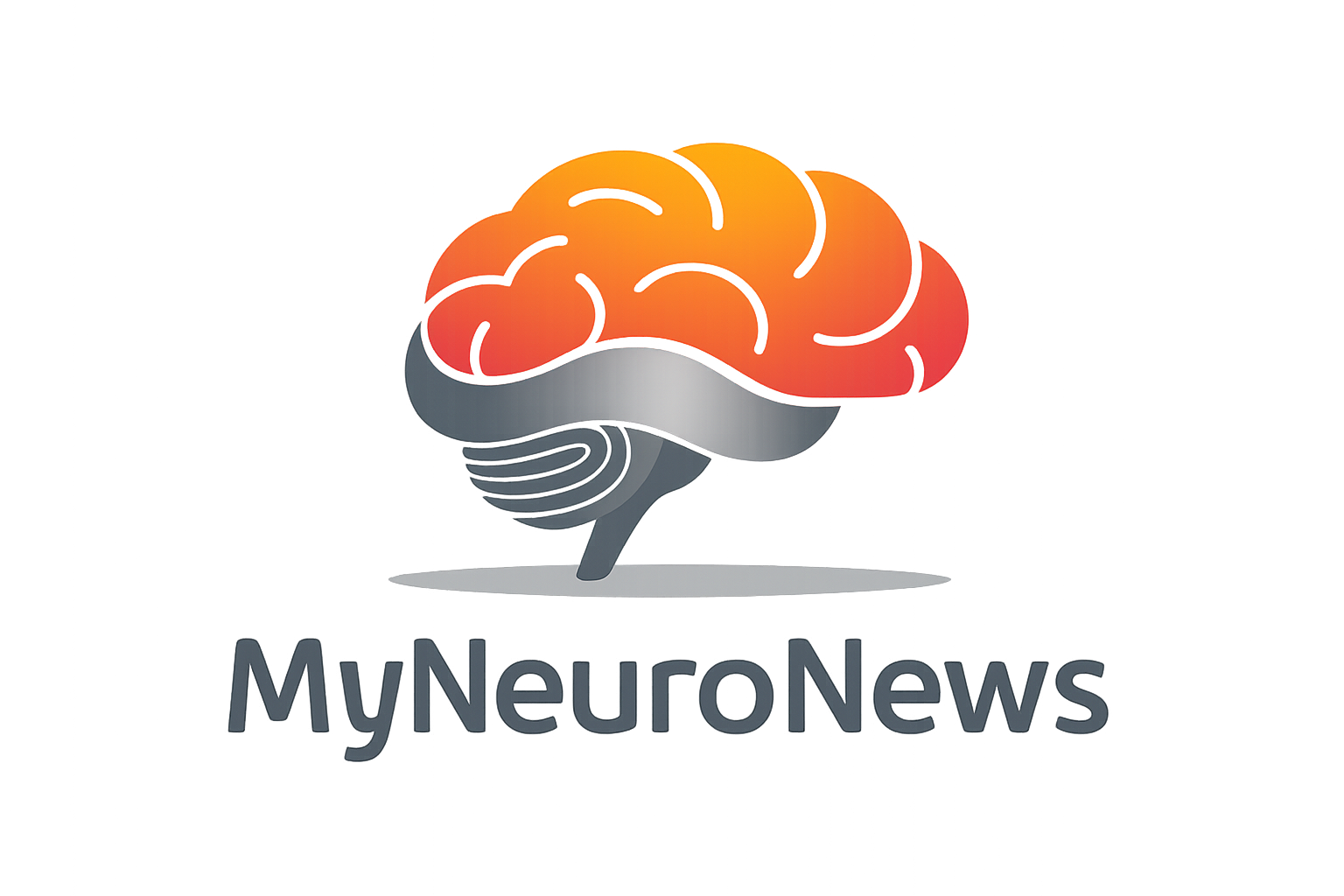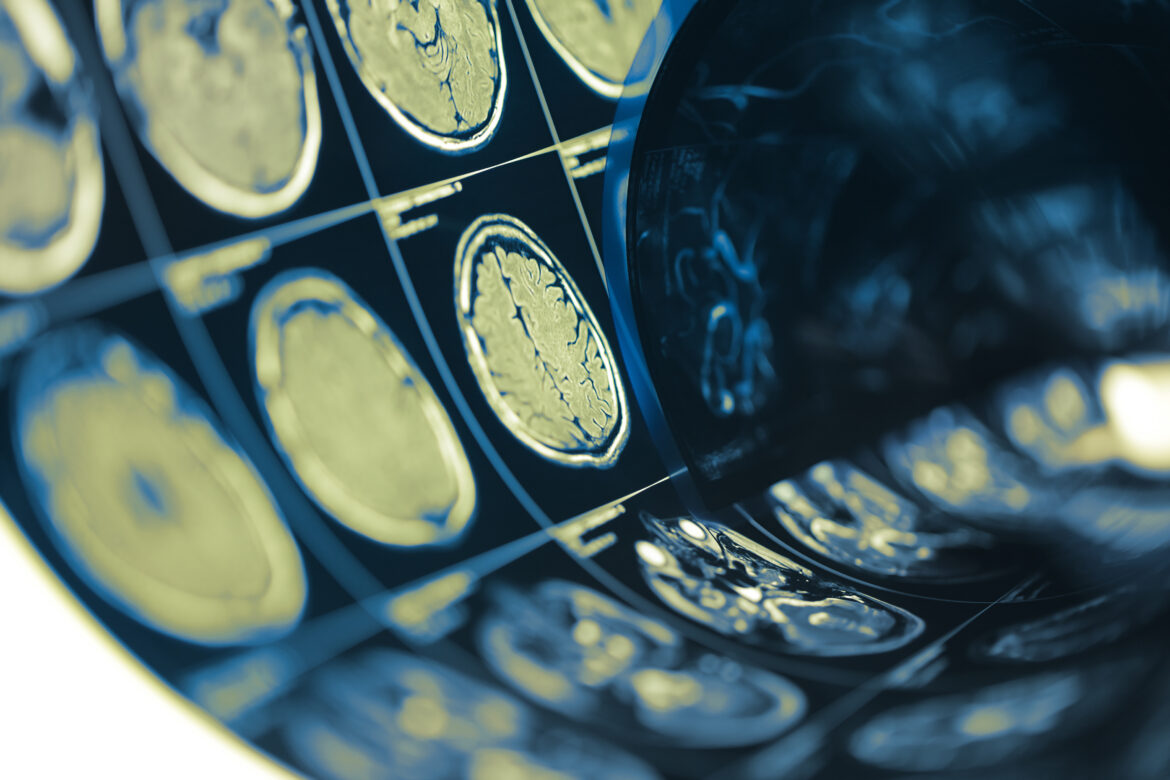Introduction
Functional neurological disorders (FNDs) are conditions where patients experience neurological symptoms, such as movement or sensory disturbances, without a clear structural cause. The diagnosis and management of FNDs can be challenging due to the lack of specific biomarkers. However, recent research has been exploring various potential biomarkers that could aid in the diagnosis, understanding, and treatment of FNDs. These biomarkers span a range of biological indicators, from molecular to imaging-based markers.
Cortisol as a Biomarker
Cortisol has been studied as a potential biomarker in FNDs. It is a hormone that is released in response to stress and can affect various bodily functions. A study published in February 2024 investigated cortisol levels in patients with FNDs, considering its role as a state, trait, and prognostic biomarker[1]. This suggests that cortisol could be used to understand the current state of the disorder, the inherent predisposition of the individual to the disorder, and the likely outcome or progression of the disorder.
Neuroimaging and Connectivity Biomarkers
Advancements in neuroimaging have allowed researchers to explore the brain’s functional connectivity (FC) as a biomarker for neurological disorders. A study proposed a learnable counter-condition analysis framework for FC-based neurological disorder diagnosis, which integrates feature selection, extraction, and explanation stages to improve the reliability of diagnosis and analysis[2]. This framework could potentially be applied to FNDs to identify disease-related biomarkers and understand the global topological properties of FC.
Cryostimulation and Physiological Biomarkers
Whole-body cryostimulation (WBC) has been proposed as an adjuvant treatment in FNDs. A case report described the use of WBC in a multidisciplinary rehabilitation program for a patient with FND, noting improvements in body composition, hematological biomarkers, and physical performance[4]. This suggests that physiological responses to treatments like WBC could serve as biomarkers for the effectiveness of interventions in FNDs.
Retinal Biomarkers
The retina, as an extension of the central nervous system, offers a unique window into neurological health. Retinal morphology can be visualized at a cellular level in vivo, providing potential biomarkers for neurological conditions. A review summarized retinal biomarkers associated with various neurological conditions, including FNDs, and discussed how these could aid clinical decisions and accelerate research[5].
Functional Near-Infrared Spectroscopy (fNIRS)
fNIRS is a non-invasive optical modality that measures hemodynamic responses associated with neuronal activity. It has been reviewed for its usefulness in obtaining hemodynamic biomarkers for neurological disorders and diseases with executive dysfunction[6]. fNIRS-derived biomarkers could assist in the objective diagnosis of FNDs by providing insights into brain function without the subjectivity of clinical observations.
Vitamin B12 and Metabolism Biomarkers
A study highlighted the role of vitamin B12 and metabolism biomarkers in patients hospitalized for neurological disorders due to nitrous oxide use. The misuse of nitrous oxide can alter concentrations of vitamin B12 and related metabolites, which are essential for neurological function[7]. These biomarkers could be relevant in the context of FNDs, especially in cases with a history of substance use.
Conclusion
The search for biomarkers in FNDs is ongoing, with several promising avenues being explored. These include hormonal levels such as cortisol[1], neuroimaging and functional connectivity measures[2], physiological responses to treatments like WBC[4], retinal morphology[5], hemodynamic responses measured by fNIRS[6], and metabolic indicators like vitamin B12[7]. These biomarkers hold the potential to improve the diagnosis, understanding, and treatment of FNDs, although further research is necessary to validate their utility and implement them in clinical practice.
Sources
[1] Cortisol in functional neurological disorders: State, trait and prognostic biomarkers. https://pubmed.ncbi.nlm.nih.gov/38387237/
[2] A Learnable Counter-Condition Analysis Framework for Functional Connectivity-Based Neurological Disorder Diagnosis https://arxiv.org/abs/2310.03964
[3] Exosomes in Acquired Neurological Disorders: New Insights into Pathophysiology and Treatment https://pubmed.ncbi.nlm.nih.gov/29663285/
[4] Whole-Body Cryostimulation in Functional Neurological Disorders: A Case Report https://www.ncbi.nlm.nih.gov/pmc/articles/PMC10778987/
[5] Retinal correlates of neurological disorders https://www.ncbi.nlm.nih.gov/pmc/articles/PMC6887800/
[6] Review of Applications of Near-Infrared Spectroscopy in Two Rare Disorders with Executive and Neurological Dysfunction: UCD and PKU https://www.ncbi.nlm.nih.gov/pmc/articles/PMC9602148/
[7] Functional vitamin B12 deficiency is a consistent feature in hospital admissions for neurological disorders due to the use of nitrous oxide https://pubmed.ncbi.nlm.nih.gov/37917184/
[8] Structural and functional connectivity of the ascending arousal network for prediction of outcome in patients with acute disorders of consciousness https://www.ncbi.nlm.nih.gov/pmc/articles/PMC8617304/
[9] Neuroimaging Biomarkers of Chronic Traumatic Encephalopathy: Targets for the Academic Memory Disorders Clinic https://pubmed.ncbi.nlm.nih.gov/33847906/
[10] Glutamatergic dysfunction, neuroplasticity, and redox status in the peripheral blood of patients with motor conversion disorders (functional movement disorders): a first step towards potential biomarkers discovery https://www.ncbi.nlm.nih.gov/pmc/articles/PMC10276860/
[11] Biomarkers for Detecting Mitochondrial Disorders https://www.ncbi.nlm.nih.gov/pmc/articles/PMC5852432/
[12] Early CSF Biomarkers and Late Functional Outcomes in Spinal Cord Injury. A Pilot Study https://www.ncbi.nlm.nih.gov/pmc/articles/PMC7729583/
[13] Four-Class Classification of Neuropsychiatric Disorders by Use of Functional Near-Infrared Spectroscopy Derived Biomarkers https://www.ncbi.nlm.nih.gov/pmc/articles/PMC9322944/
[14] Functional Brain Network Learning Based on Spatial Similarity for Brain Disorders Identification https://www.semanticscholar.org/paper/b622841cede5e009e989e784f35b294cd92bf0ac
[15] Unfeignable biomarkers in functional neurological disorder: drifting back to Pierre Janet. https://pubmed.ncbi.nlm.nih.gov/32040557/
[16] Adaptive noise depression for functional brain network estimation https://www.ncbi.nlm.nih.gov/pmc/articles/PMC9871598/
[17] Advances in rehabilitation for functional neurological disorder. https://pubmed.ncbi.nlm.nih.gov/35213328/
[18] Improved frontal activity on functional near‐infrared spectroscopy after improvement of apathy symptoms in a patient with Alzheimer’s disease https://pubmed.ncbi.nlm.nih.gov/37113112/
[19] Histone Modifications in Neurological Disorders. https://pubmed.ncbi.nlm.nih.gov/36029406/

